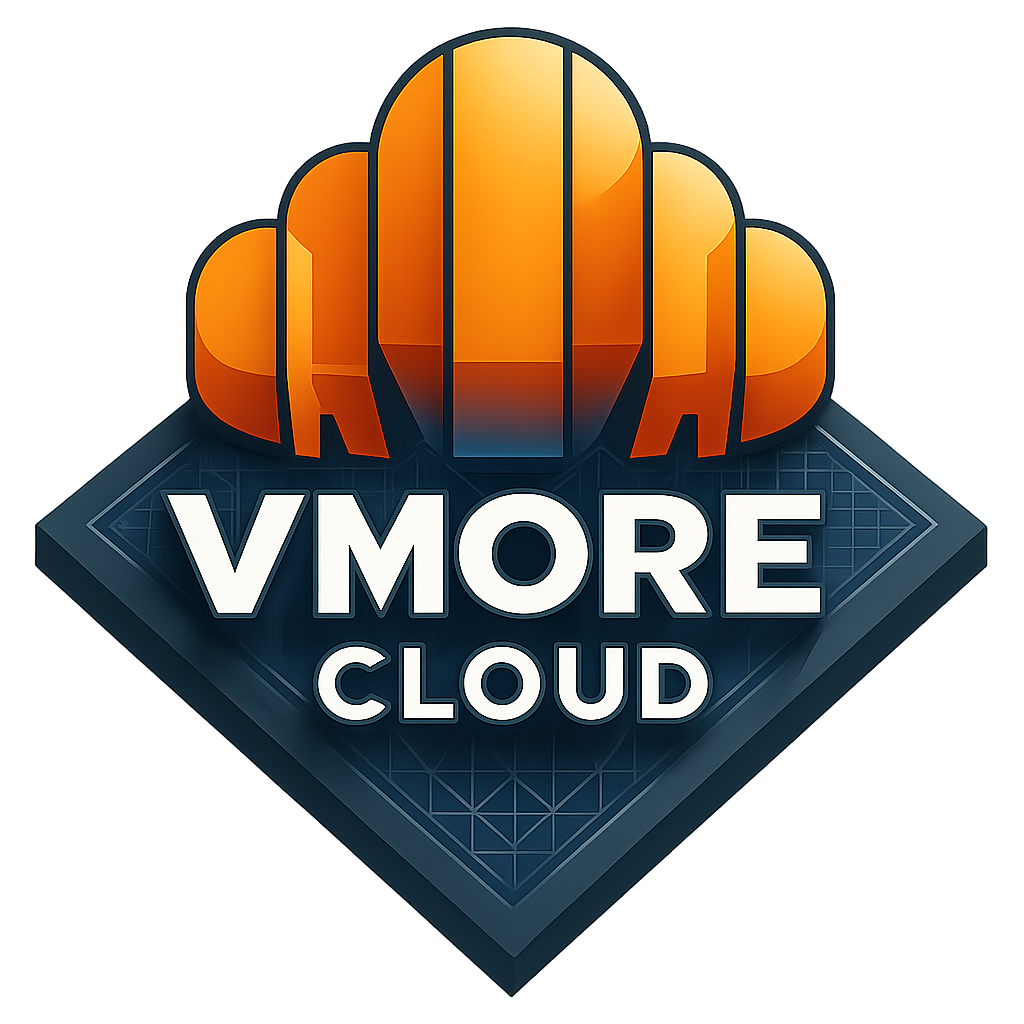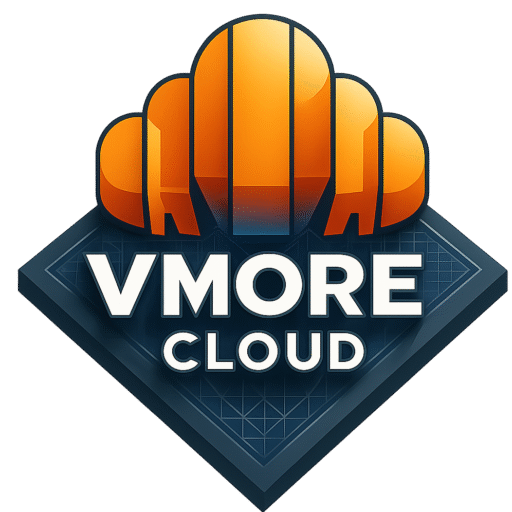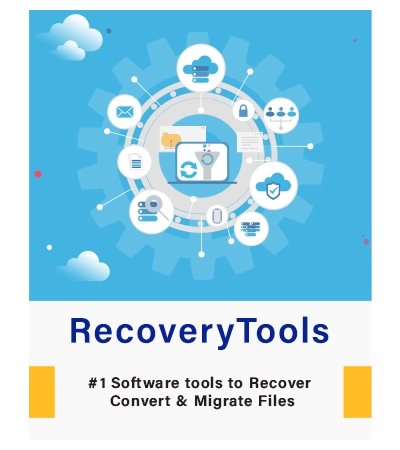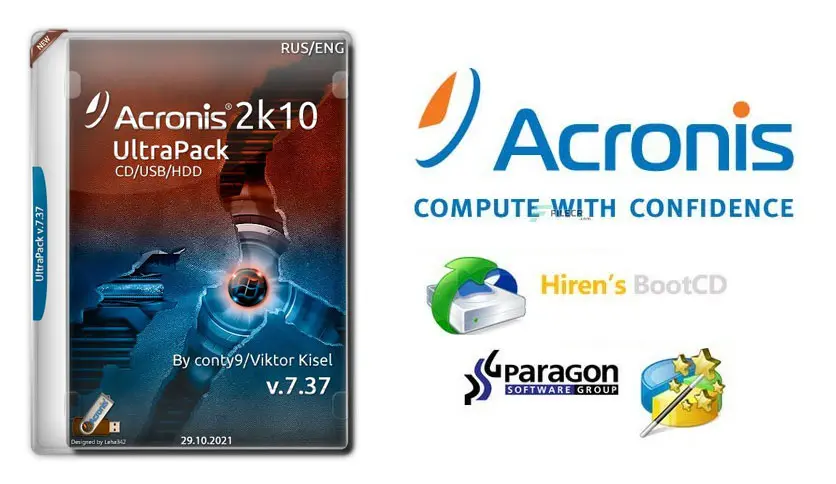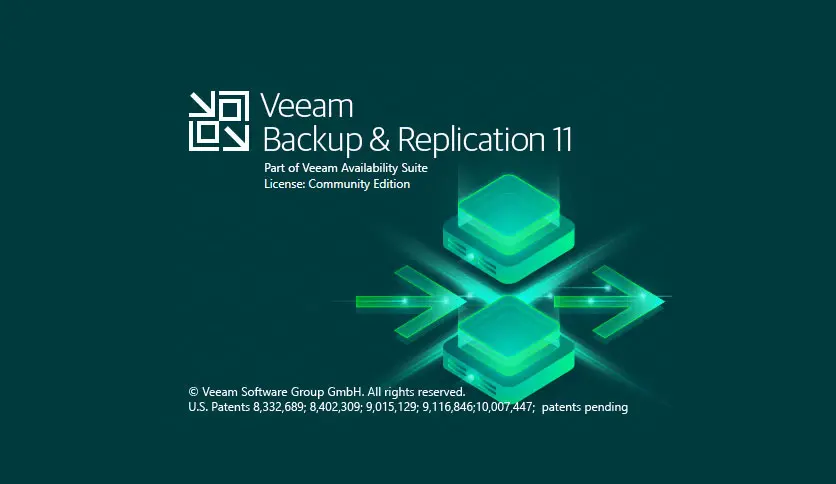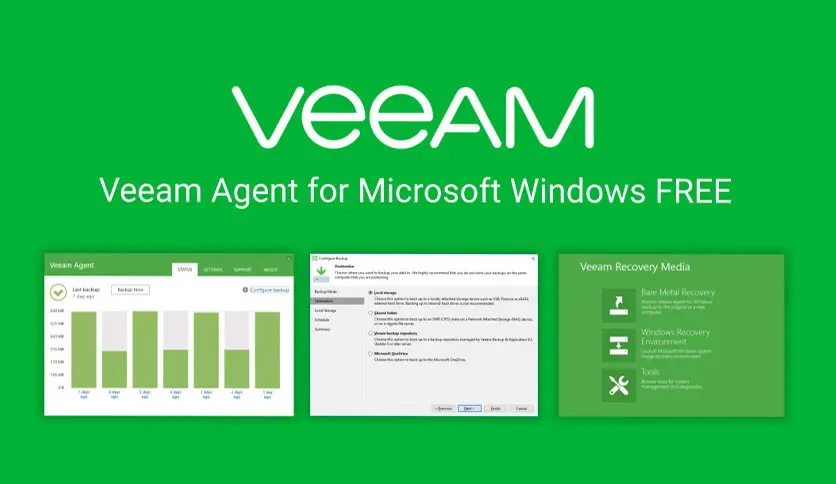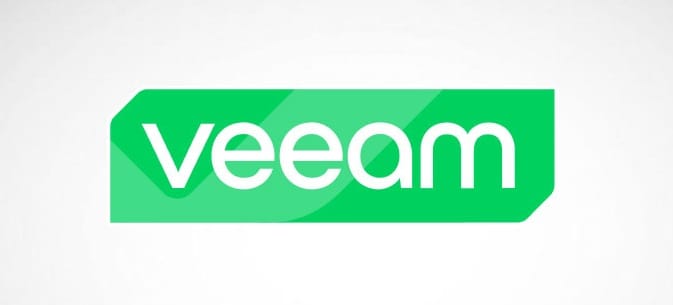
Veeam Backup & Replication 13, which is likely to be released in the second half of 2025, brings a lot of new features, some of which have already been released and reviewed. Like any new version, this version will no longer support some older platforms and software versions, making some old features obsolete and removing some features. These changes are made due to the need for fewer resources for software testing (QA), as well as in order to create more efficient and secure code. Also, these changes improve the overall security of the platform and do not allow connection to outdated, patch-free operating systems and applications.
Deprecated features in version 13:
- Veeam Backup & Replication:
- Incremental Reverse Backup Mode.
- Maintenance of backups based on the number of restore points (only time-based maintenance will be available).
- Backup chains other than device-to-device backups (only device-to-device backup chains will be available).
- Active Directory-based authentication for Veeam Cloud Connect users.
- Recovery options by double-clicking on VBK/VBM files in Windows Explorer.
- Option to process the tape sequentially (parallel processing will be the default).
- Veeam Agents:
- Removed the possibility of importing/exporting configuration from/to XML format.
- Remove the possibility of creating recovery media on CD/DVD.
- Veeam Backup Enterprise Manager:
- Similar changes to Veeam Cloud Connect Portal.
Obsolete features in the future:
- Support for 32-bit OS will be discontinued in all features and functions.
- Support for older versions of vSphere, vCloud Director, and Hyper-V will be reduced.
- For Veeam Agent for Windows and Veeam Agent for Linux, older versions of Windows, Linux, and macOS will not be supported.
Features that will be completely removed from version 13:
- Backups with old-format metadata.
- Older versions of Veeam Agent for Windows.
- Older versions of Hyper-V and SCVMM and other systems.
Other changes:
- To support Veeam Backup Server, at least newer versions of Windows Server and Linux operating systems will be required.
- Support for older versions of CentOS and Debian will be removed.
All in all, these changes will help you ensure that you are using up-to-date and secure systems, as well as that the platform and tools you use are performing optimally and securely. If you’re using older versions, it’s best to migrate to newer versions to take advantage of the new features and avoid potential security issues.
Global
- Discontinue support for 32-bit operating systems in all features and functions.
Protected Infrastructure
- Application-aware processing for virtual machines
- Support for 64-bit guest OS versions only for application-compatible backups (VM-level host backups with crash compatibility are still possible).
- Windows Server: Discontinued support for Windows Server 2008 and 2012. The minimum supported version for application-aware processing is 2012 R2.
- Windows Client: Discontinued support for Windows 7 and Windows 8.x. The minimum supported versions for Application-aware processing in Windows 10 are 1507 for LTSB/LTSC channels and 22H2 for GA channels. The minimum supported version for Windows 11 is 22H2.
- Linux: Similar as described in the Veeam Agent for Linux section.
VMware vSphere
- vSphere: Discontinued support for version 6.x; minimum supported version 7.0 for both ESXi and vCenter.
- vCloud Director: Discontinued support for versions 10.3 and below; the minimum supported version is 10.4.
Microsoft Hyper-V
- Hyper-V: Discontinued support for the 2012 and 2012 R2 versions; at least the supported version is 2016.
- SCVMM: Discontinued support for SCVMM 2012; at least the supported version is 2016.
Nutanix AHV
- AHV: Discontinued support for versions 5.x, 6.0, and 6.1; the minimum supported version is 6.8.
oVirt KVM
- No changes.
Veeam Agent for Microsoft Windows
- Windows Server: Discontinued support for Windows Server 2008 and 2012; the minimum supported version is 2012 R2.
- Windows Client: Discontinued support for Windows 7 and Windows 8.x. The minimum supported versions for Windows 10 are 1507 for LTSB/LTSC channels and 22H2 for GA channels. The minimum supported version for Windows 11 is 22H2.
Veeam Agent for Linux
- CentOS: Disconnect Full Support.
- Debian: Discontinued support for Debian 10; the minimum supported version is Debian 11.
- Fedora: Full support discontinued (beta support for veeam-nosnap still exists).
- RHEL: Discontinued support for RHEL 7 and RHEL 8.0 to 8.3; minimum supported version is 8.4.
- Oracle Linux: No changes; the minimum supported version is still Oracle Linux 7.
- SLES: Discontinued support for older SLES 12 service packs; at least supported versions are 12 SP5, 15 SP3, or later.
- Ubuntu: No changes; supported versions are 16.04 LTS, 18.04 LTS, 20.04 LTS, 22.04 LTS, and 24.04 LTS.
- Rocky: Support for version 8.10 remains. Discontinued support for versions 9.0 to 9.3;
- Alma: Support for version 8.10 remains. Discontinued support for version 9.3; the minimum supported version is 9.4.
Veeam Agent for Mac
- Discontinued support for versions 10.13 to 10.15;
Veeam Agent for Oracle Solaris
- Discontinued support for versions 10.x, 11.0, 11.1, 11.2;
Protected Applications
- Microsoft Exchange Server
- Discontinued support for Exchange 2013; the minimum supported version is Exchange 2016.
- Microsoft SharePoint Server
- Discontinued support for SharePoint 2013; the minimum supported version is SharePoint 2016.
- Microsoft SQL Server
- Discontinued support for SQL Server 2008; the minimum supported version is SQL Server 2012.
- Oracle
- No possible changes; version 11gR2 remains as the minimum supported version (customers are usually too slow to upgrade Oracle).
- SAP HANA
- Discontinued support for version 1.0; the minimum supported version is version 2.0.
OS distributions for application plug-ins
- Minimum supported versions of operating systems:
- IBM Db2: RHEL 8.4, SLES 12 SP5, SLES 15 SP3, Ubuntu 16.04, CentOS 8
- Microsoft SQL Server: Windows 2012 R2
- Oracle RMAN: Windows 2012 R2, RHEL 8.4, Oracle Linux 7, SLES 12 SP5, SLES 15 SP3
- SAP HANA: RHEL 8.4, SLES 12 SP5, SLES 15 SP3
- SAP on Oracle: RHEL 8.4, SLES 12 SP5, SLES 15 SP3, Oracle Linux 7
Backup Infrastructure
- For backup infrastructure components, more modern operating systems are always needed than protected machines, so it’s more aggressive to reduce versions here. The main reason for this is security, but it also allows us to perform better by using modern technologies and optimizations that are not compatible with older versions of the operating system.
- Design
